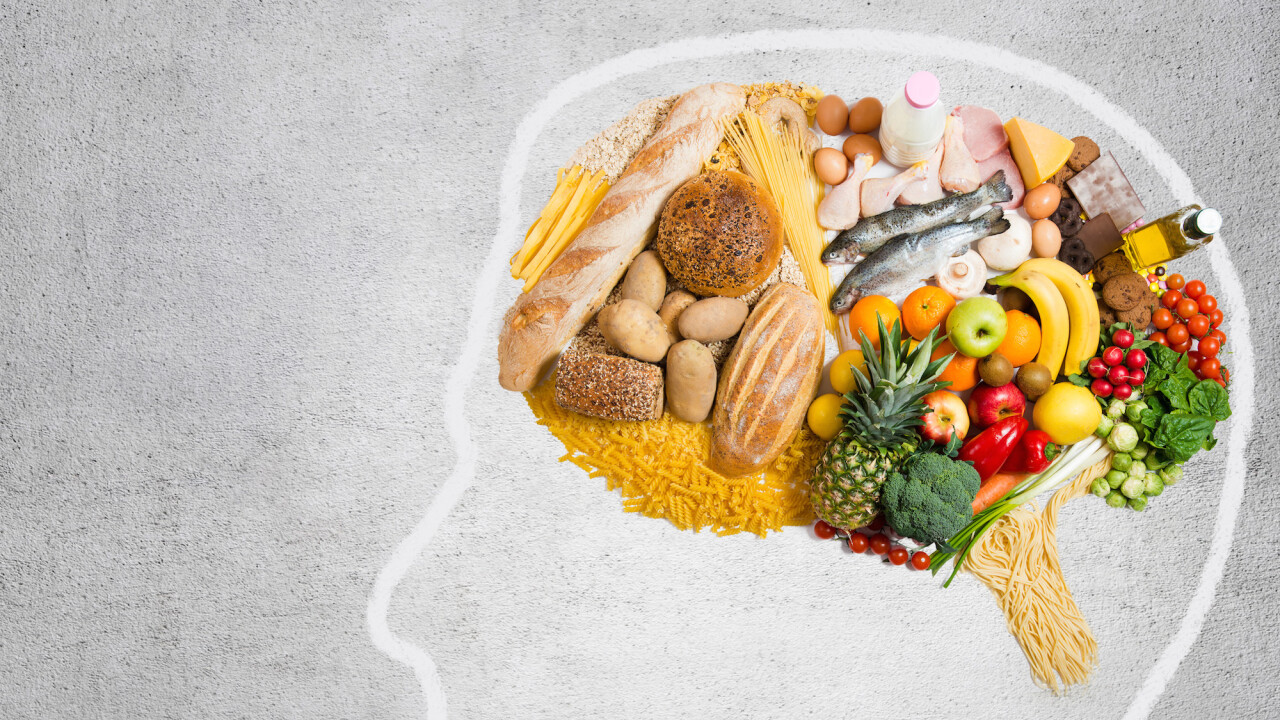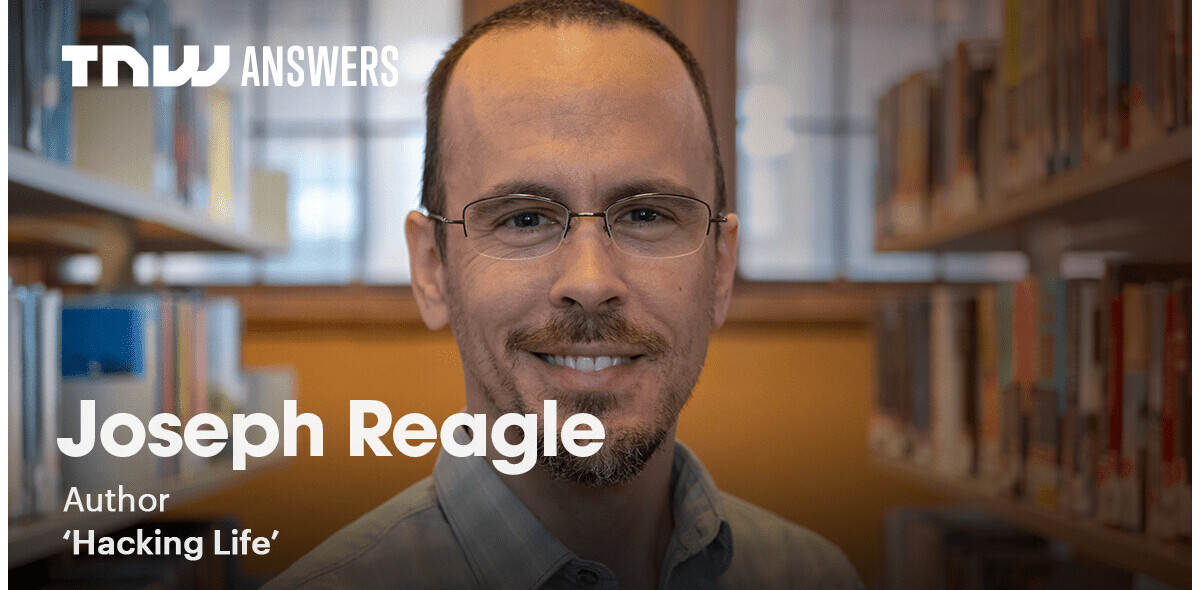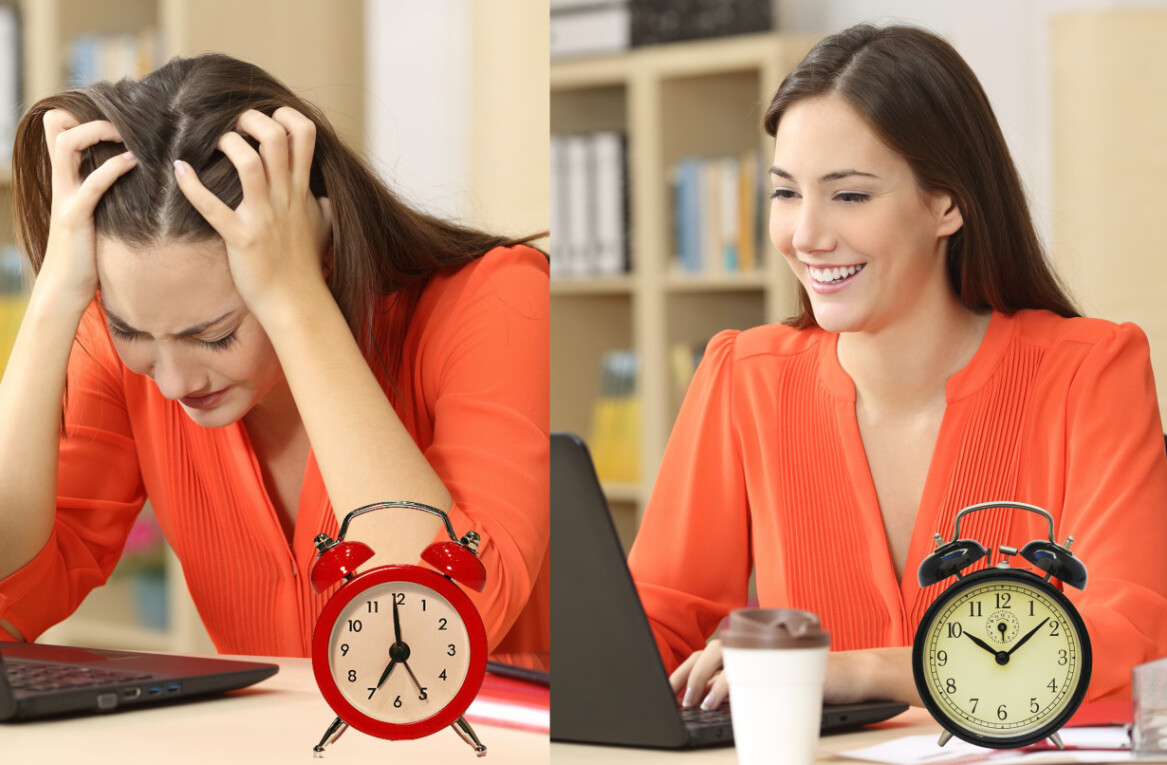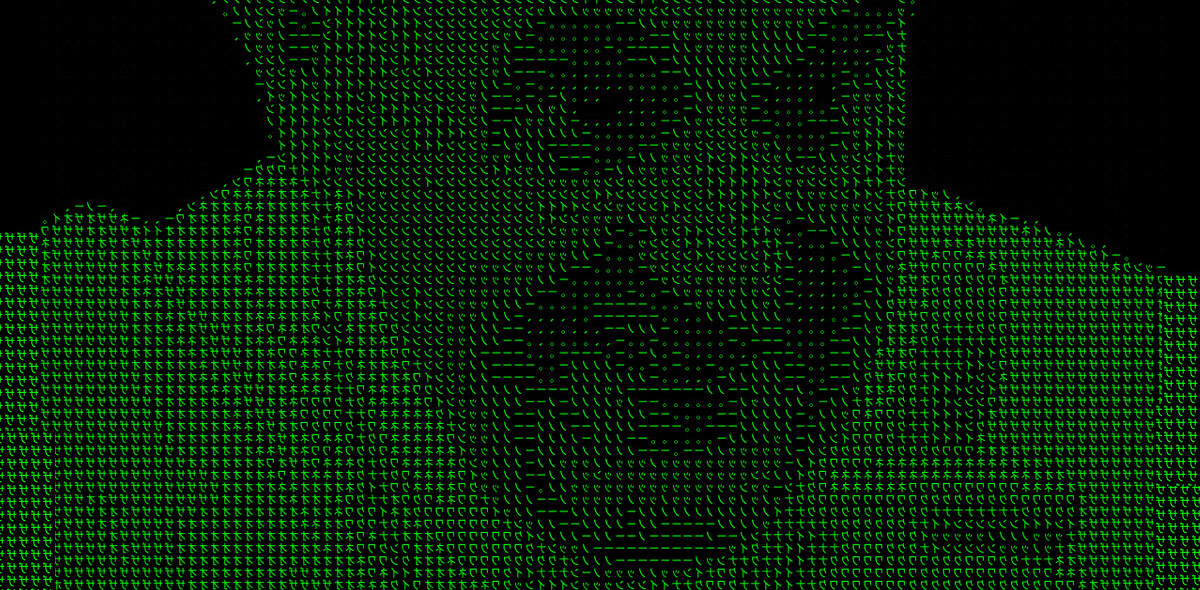
Ari Meisel is a serial entrepreneur and the author of “Less Doing, More Living: Make Everything in Life Easier.”
No matter how technologically efficient you become, if you aren’t sleeping or eating well, and you have too much stress, there is a limit to how effective you can be.
That’s why wellness is the cornerstone of my productivity system, Less Doing. I see optimal health as a triangle with sleep, nutrition, and fitness at the points and supplements in the middle. You need all of these elements and in you have to apply limited resources to the entire triangle.
For example, if you get a bad night of sleep for one reason or another, you have to make the conscious decision to avoid working out the next day because you’ll only be doing harm to your body. By that same token if you are eating lots of wild caught fish and getting adequate sunlight, you make be able to skip out on a fish oil and vitamin D supplement.
Eating well
Your food should fuel your life for whatever you want to do, whether that’s having the energy to play with your kids or do Crossfit. The best way I know to fuel the body and mind is with good fats.
Things like avocados, olive oil, grass fed butter, grass fed beef, wild caught fish, coconut oil, and raw nuts and seeds provide you with satisfying, mental clarity providing, and delicious fats. Most of the cells in our bodies can run on glucose from sugar and ketones from fats.
Ketones provide a fuel that doesn’t cause inflammation and provides a more sustainable burn. And in case I wasn’t clear, you will feel smarter when your brain is getting adequate fats.
It’s the first place I start with people when they are looking to change the way they eat. This is not Atkins or paleo, this is high fat, low sugar. You will naturally cut back on carbs and protein (which also turns to sugar in your liver by the way) because you will be so satiated.
In terms of efficiency, becoming fat adapted means you can skip a meal if things get busy and you won’t even bat an eye. I personally eat between 11 am and 8 pm every day, which means the morning rush to get my three kids out of the house, dressed (hopefully), and with proper lunches, is much less stressful because I don’t have to stop and have breakfast or even get distracted thinking about it.
Generally, there are three supplements I highly recommend for full productivity. Most people are vitamin D deficient because we work indoors, wear clothes, and avoid the sun as much as possible. Couple that with that fact that vitamin D is a fat soluble vitamin and most people don’t consume adequate fats and you’ve got a pretty good case to start taking 5,000 IU of D3 every day.
Start taking a good probiotic with at least 50 billion units of a variety of strains in it. You have to do some experimentation to see which ones work best for you because everyone’s microbiome is different and thus different strains will interact differently with your internal ecosystem.
The third supplement is Krill Oil, which comes from tiny little shrimp and provides more bioavailable Omega 3 fatty acids than your typical fish oil. Krill is anti inflammatory, can help manage blood sugar and will fuel a healthy brain.
Tech Resources:
– Thryve Food Tracker: a food tracker that helps make you aware of how your food makes you feel
– Inside Tracker: Blood test tracker that recommends food according to nutrients you lack
– Food Sense: a free app that uses heart rate measures to show you foods that cause you to have negative reactions
– Activated Charcoal: filter out toxins after a night of drinking or bad food, you’ll thank me
Catching the right amount of snooze
Optimizing sleep is a big one no matter what your life situation is. Start with a sleep tracker like Sleep Cycle for the iPhone or the Basis Watch if you want to get fancy.
Learn your cycle and then use that to figure out the best time to go to sleep and wake up. Most people have an average sleep cycle of 90 minutes where they go from light sleep to deep sleep and eventually REM sleep before coming back up through the phases to light sleep again.
You want to wake up at the lightest point in your sleep and you can use your sleep tracker info along with a website like Sleepyti.me to figure out the best time to hit the hay so you wake up refreshed and ready for the day.
The easiest sleep hack there is has to do with blue lights. Blue lights come from your iPad, TV, computer screen, and most modern lighting. Blue light tells your body it’s day time, raises your cortisol levels (stress hormone) and decreases your melatonin (sleep hormone).
While I could tell you to avoid all of those things for an hour before bed, that’s crazy to me since you could use that hour very effectively. Get a $8 pair of wayfarer blue blocking sunglasses on Amazon and put those on. Then you can look at all of those screens and still have a great nights rest.
If you want to take it a step further you can go with my office setup, but that’s a little too geeky for most.
Tech Resources:
– Sleepyti.me: figure out the best times to go to sleep and wake up
– Sleep Cycle: iPhone-based sleep tracker app that relies on the phone’s accelerometer
– Blue blocking sunglasses: protect your melatonin
– f.Lux: free download that automatically adjusts the color temperature of your computer screen to reduce blue light exposure
– Philips Hue Bulbs: app-controlled LED light bulbs that can emit every color of the rainbow, red will help you be more productive
Working out
When it comes to fitness, everyone has different needs.
When I talk about about fitness I want people to get the movement they need to feel energized and vibrant. Less is definitely more and for me, optimal fitness comes in three parts.
You need one part that is a strength/skill which can be olympic weightlifting, martial arts, or a specific sport. Basically something that gets you moving but is really about reshaping new neural pathways because you are learning and perfecting physical action.
The second part is High Intensity Interval Training. The best version is the Tabata Interval: you basically work as hard as you can for 20 seconds, then take 10 seconds rest. You repeat that eight times for a total of four minutes.
Now the work can be anything you want, sprinting, swimming, push ups, jump rope, whatever you want but you have to red line. It has to burn and it will never get easier. However, the metabolic, fat loss, and even meditative effects of this short burst workout can rival that of an hour spent in a spin class.
The final and most essential part is mobility where you really take care of the joints and muscles that will carry you into old age. Yoga, tai chi, foam rolling, even a massage are great ways to keep your parts well oiled and functioning properly.
Tech Resources:
– Basis Watch: an incredibly advanced activity tracker that will even give you skin temperature readings
– Stress Check: a free app that measures heart rate variability to determine the state of your nervous system and give you a barometer for deciding how hard to train that day
– CNS Tap Test; a different kind of nervous system check that has you tap the screen as many times as possible in a set amount of time
These are some of my favorite resources for living healthfully in our technological world. What are some of your favorite gadgets and apps to optimize wellness?
Get the TNW newsletter
Get the most important tech news in your inbox each week.








